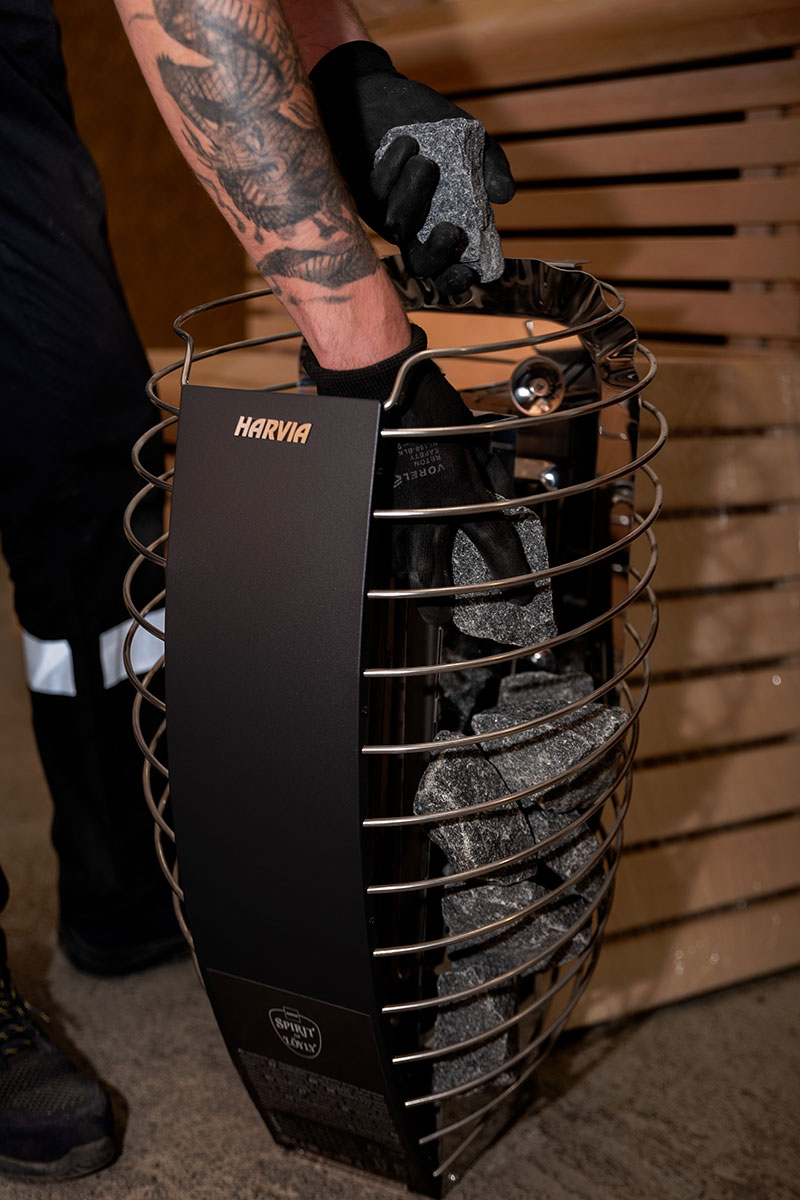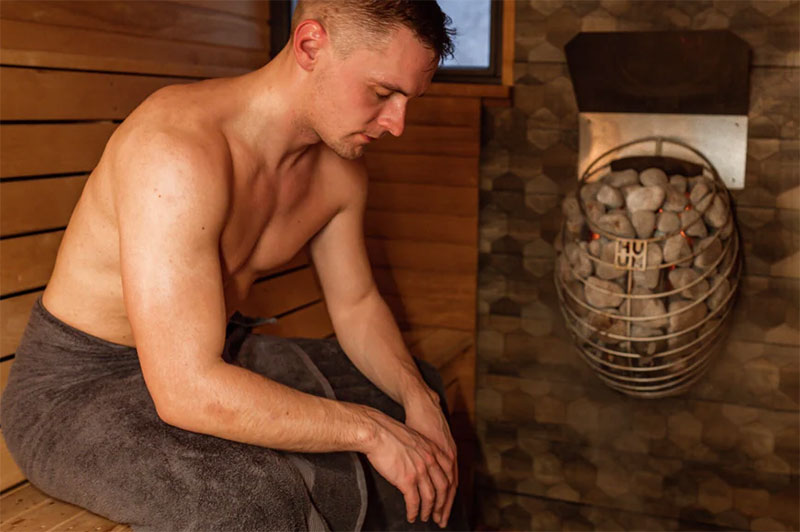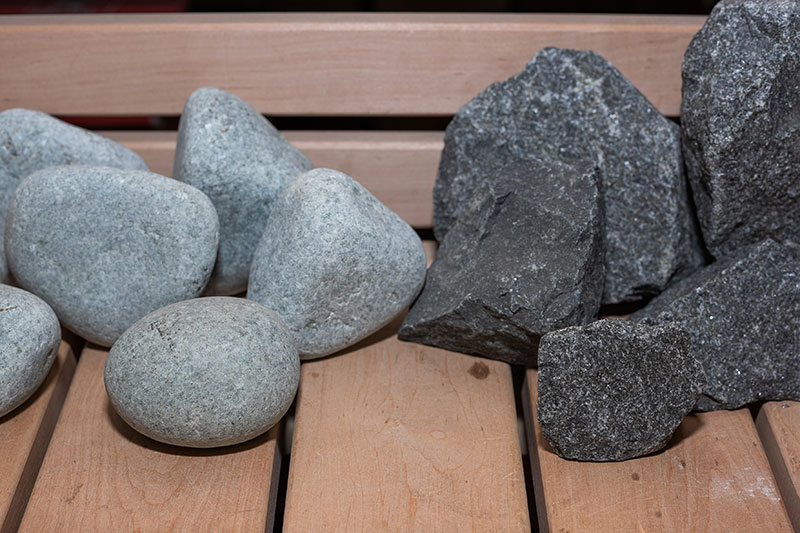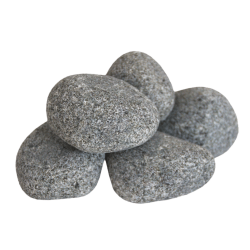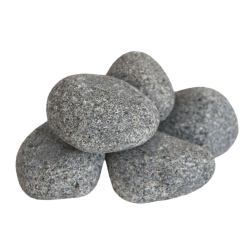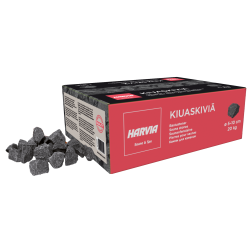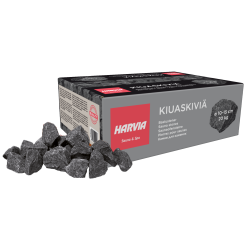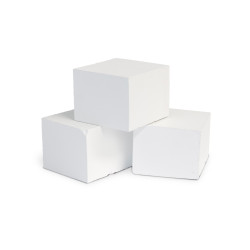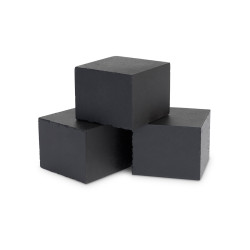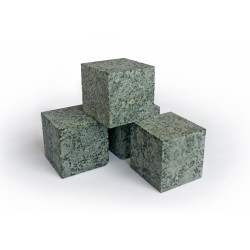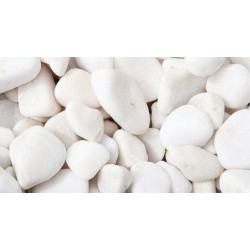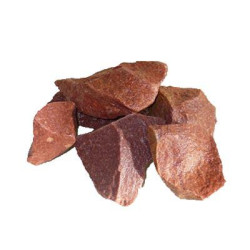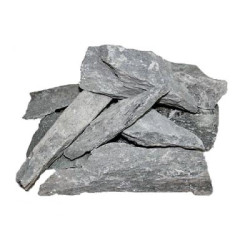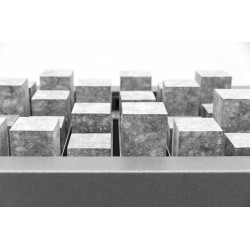Autumn is the perfect time to take care of your sauna and prepare it properly for the coming winter season. In addition to cleaning, oiling, and other necessary maintenance work, one of the most important details is the sauna stones, which determine not only the quality of the steam and heat distribution, but also the service life of the stove itself. To ensure the most pleasant and safe sauna experience, it is important to stack the stones correctly. Properly prepared stones can reduce energy consumption, improve air quality, and provide more comfort even during longer procedures.
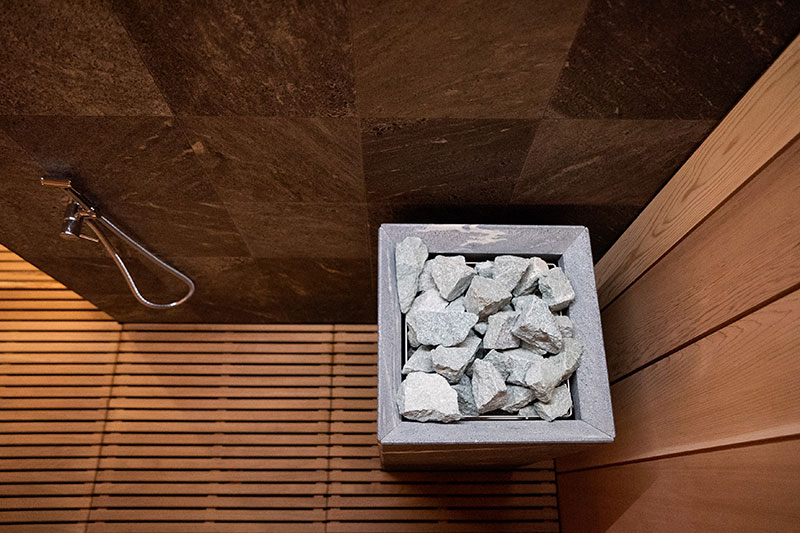
Why is the layering of sauna stones important?
Frequent sauna-goers probably don't even think about the fact that the stones on which water is poured are like a kind of puzzle that has a significant impact on the heat and steam quality in the sauna. The right type of stones and their proper arrangement help to better accumulate heat and release it evenly. Layering sauna stones is also necessary to maintain air flow between the stones, which allows the stove to work properly and thus prolongs its service life.
The fraction of sauna stones selected in accordance with the requirements ensures a balance between heat, steam intensity, and stone durability, allowing us to enjoy a pleasant and relaxing sauna experience.
Does the type of stove (wood-burning or electric) affect the steam and layering of sauna stones?
Both of these stoves are capable of heating stones well, but there are a few differences. One of them is the heating temperature of the sauna stones. Usually, with a wood-burning stove, the stones heat up to 500–700 °C, so the steam is particularly intense and is considered even sharper. The second and equally important difference is the layering of the stones. With this type of stove, it is very important to use larger stones at the bottom and leave gaps for better air circulation, because a wood-burning stove does not distribute heat evenly.
The heating temperature of electric stoves is significantly lower, reaching approximately 300–400 °C, which results in milder steam. Thanks to the evenly distributed temperature, this type of stove is able to maintain a constant heat and more even steam. When layering the stones, medium-sized sauna stones are placed at the bottom, and smaller ones on top so that they heat up faster.
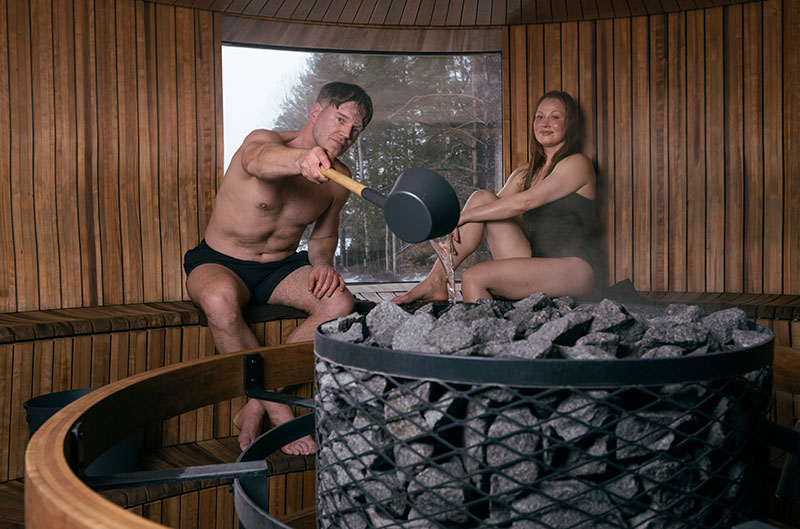
TOP 3 stacking schemes and stove types (electric, wood-burning)
There is more than one way to layer stones, but here we have selected the most popular ones, which you can adapt to your own sauna stove.
Classic layering
Classic layering begins with large stones (approximately 10-15 cm), which serve as a solid foundation for other stones. Medium-sized stones (approximately 5-10 cm in diameter) are placed in the middle, and the smallest stones are placed on the surface, as they heat up quickly and retain heat well. In this method, as in other stone layering methods, flatter stones should be placed vertically.
This balanced layering is more suitable for electric stoves, but it is also suitable for smaller wood-burning stoves that do not require a large air flow or additional gaps.
Air flow optimizing layering
This layering also requires stones of various sizes. The largest stones are placed at the bottom, as they leave larger gaps for air circulation. In the middle, mixed (medium and smaller) stone fractions are placed for more even heat distribution. At the top are the hottest sauna stones, such as gabbro-diabase or basalt, which help to better transfer heat and produce better steam.
This arrangement of stones is most suitable for wood-burning stoves, as they do not emit heat evenly, so the air gaps between the stones are necessary to ensure better circulation. The layering that optimizes air flow also allows the stove to heat up faster, and the steam becomes soft and even.
Intensive steam layering
No new inventions are needed for this type of layering. Stones are arranged at the bottom and in the middle as in classic layering (the largest at the bottom and medium-sized in the middle), but a dense layer of smaller stones is placed on top. With this arrangement of sauna stones, water evaporates evenly from a larger surface area, resulting in abundant and "wet" steam.
This stone arrangement can be used for both wood-burning and electric stoves. In the first case, the stones heat up more intensely and produce a really dense steam; in the second case, although the temperature of the stones is lower, this arrangement is an excellent choice when a more intense effect is desired.
Which sauna stones should you choose – split or polished?
Sauna stones can be split or polished, and the difference between them is important both in terms of practical use and effectiveness in the sauna.
Most manufacturers recommend mixing sizes: place polished stones on the top layer of the stove and crushed stones on the bottom layer for optimal steam distribution and heat retention.
Properties of split stones:
- Uneven surface, sharp edges.
- Water spreads faster and evaporates immediately.
- Stronger steam effect – the sauna seems "livelier" and produces a more intense burst of steam.
- Recommended for the main layer in the stove.
Properties of smooth (polished) stones:
- Smooth surface - water runs down more easily.
- Slower evaporation - the steam is softer but not as intense.
- Suitable for stoves with a deeper stone container: placed on top to allow water to pass through to the hotter crushed stones below.
- Used for aesthetic purposes – looks nicer and tidier.
Stove accessories and chimneys – just as important as sauna stones
In order to ensure not only high-quality steam, but also safe use of the sauna, it is important to remember other elements, the most important of which are stove accessories and chimneys. Among the most important stove accessories are protective barriers, stone holders, protective stove shields, trays, grate grates, and other accessories that will help you arrange the sauna stones more conveniently, extend the service life of the stove, and create a safe environment for every sauna visitor.
When visiting the sauna frequently, it is very important to maintain not only the stones, but also the chimneys, which are necessary for ensuring good draft and safe smoke removal from the room. Autumn is the perfect time to inspect them, clean out the soot, and check their tightness so that the sauna will be pleasant, relaxing, and safe for your health during the coming winter season.
